Sannah H P van Balen
NEF CDT Student
Department of Engineering
University of Cambridge
Contact: shpv2@cam.ac.uk
Sponsor: EPSRC and Nuclear Waste Services
Sannah van Balen is a final-year PhD candidate at the Cambridge University Engineering Department. Her PhD is supervised by Prof. Eugene Shwageraus and Dr. Nathaniel Read.
Her doctoral research investigates how international radiological protection recommendations are interpreted within national legislative and regulatory frameworks, and how they are applied in nuclear engineering contexts. More specifically, she examines how misinterpretation, mistransposition, and misapplication may be contributing to disproportionate radiological and nuclear risk management in reactor licensing and waste and decommissioning.
Her work draws on health physics, nuclear engineering, language studies, and nuclear law and regulation to explore the regulatory, technical, and societal dimensions of this issue. She also lectures on radiological protection for students in the MPhil in Nuclear Energy and co-supervises master's theses within her area of expertise.
She is active in the International Commission on Radiological Protection (ICRP) as a mentee of Task Group 124 on the Application of the Principle of Justification. Prior to her PhD, she worked in the Netherlands as an energy transition consultant, advising policymakers and industry on decarbonisation technologies and strategies. She holds degrees in physics, nuclear engineering, and science, technology and society (STS).
Research introduction: Rethinking radiological and nuclear risks
Radiation is imperceptible to human senses; it has no smell, taste, sound, texture, or defining visual characteristic. Despite its intangible nature, exposure to high levels of radiation can cause severe harm to the human body, most notably in the form of Acute Radiation Syndrome. At lower levels, however, the health effects are more difficult to discern, manifesting primarily as an increased statistical likelihood of developing cancer, commonly referred to as stochastic effects.
To manage these health risks, the International Commission on Radiological Protection (ICRP) has developed three fundamental principles of radiological protection: justification, optimisation, and limitation. The principle of justification ensures that any decision altering an exposure situation should do more good than harm (e.g. introducing a nuclear power reactor). Optimisation states that exposures to radiation must be kept As Low As Reasonably Achievable (ALARA) taking into account economic, social, and environmental factors. Finally, the limitation principle establishes dose limits for controllable sources to protect people from the harmful effects of radiation and ensure that exposures remain within acceptable boundaries.
However, the translation of these principles into national legislation and regulatory practice is not always coherent or consistent. A pertinent example lies in the current use of ALARA within UK nuclear safety cases. Rather than employing the principle to obtain parity between cost of radiological protection and benefit of risk reduction, duty holders often equate optimisation with absolute minimisation. In doing so, they adopt an "as safe as possible" posture, aiming to demonstrate regulatory compliance and gain public acceptance. Not only has this sparked concern about the cost of mitigation efforts in the form of over-engineering, but also that such measures feed a potentially excessive societal fear of radiation. Considering the amount spent on preventing a risk from actualising, one may rationally conclude risks associated to nuclear technology are inherently unacceptable.
My doctoral research identifies and investigates a phenomenon akin to the “telephone game” effect, whereby recommendations become gradually altered, often unintentionally, as they are interpreted, transposed, and operationalised within the UK’s legal and institutional contexts. Such reinterpretations can lead to disproportionate risk management, undermining the effectiveness of radiation protection strategies and affects the ability of nuclear technology to contribute to human wellbeing. To conduct this research, I draw on health physics, nuclear engineering, language studies, and nuclear law and regulation to explore the regulatory, technical, and societal dimensions of this issue.
Achievements
Winner Cambridge-McKinsey Risk Prize (2023), Cambridge Centre for Risk Studies, essay title: Rethinking low-level radiation risks: the Linear Non-Threshold (LNT) Model for radiation and its scientific validity.
NEA Rising Star Programme (2023), Nuclear Energy Agency and MIT, winner of poster presentation.
International Radiological Protection School (2023), OECD Nuclear Energy Agency (NEA) and Stockholm University.
Mentee and member of ICRP Task Group 124 on the Application of the Principle of Justification (2025-), International Commission on Radiological Protection (ICRP).
International School of Nuclear Law (2024), OECD Nuclear Energy Agency (NEA) and University of Montpellier. Thesis on The ICRP Principles of Justification and Optimisation: Three legal difficulties in their implementation in the UK nuclear context.
Organiser of Nuclear and Radiological Risk Summit (2025), 23-24 April 2025, Cambridge University. Summary report available: https://www.cnec.uk/post-event-reports/nuclear-and-radiological-risk-summit-23-24-april-2025-cambridge-uk
Cousins Award Finalist (2025), “Language in the system – a “telephone game” effect?”, 8th International Symposium on the System of Radiological Protection, Abu Dhabi, United Arab Emirates
Publications
Are we being Prudent, Precautionary, or Both?
S.H.P van Balen, Elina Paivinen, Nathaniel Read, Eugene Shwageraus,
Journal of Radiological Protection, 2025, volume 45, number 2.
Barriers to Deployment: UK Regulatory Justification for New Build. (In peer review).
S.H.P van Balen, Nathaniel Read, Eugene Shwageraus,
preprint:https://www.researchgate.net/publication/390162173_Barriers_to_deployment_UK_regulatory_justification_for_nuclear_new_build
Radiological and Nuclear Risk Summit: Summary Report.
Sannah H.P. van Balen, Nathaniel Read, Roger Coates, Bob Hawkrigg, Marcel Lips, Abigail Luxton, Keith Miller, Haruko Murakami-Wainwright, Anne Nisbet, Elina Paivinen, Tony Roulstone, Eugene Shwageraus, Adrian Simper, Graham Smith, Tim Stone, Philip Thomas

